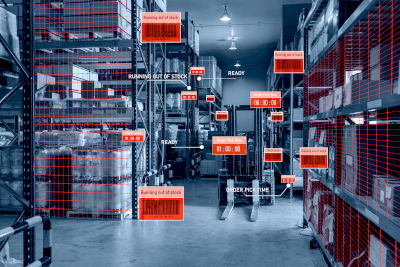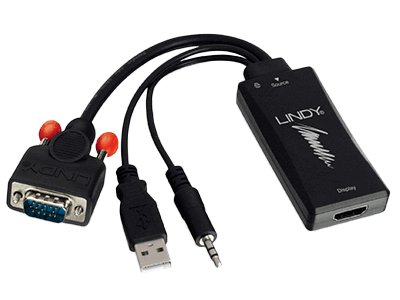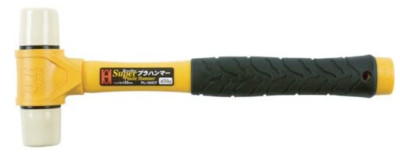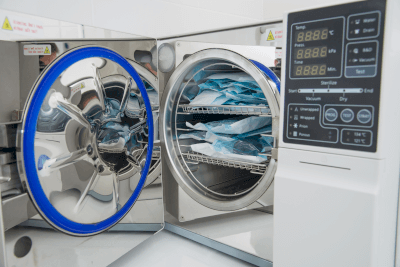What Is an Inventory Control System?

An inventory control system is a software used in logistics sites to monitor and control the quantity of products in stock in real time.
It centralizes all processes necessary for business operations, such as inventory control system, ordering system, and sales management in factories and stores, thereby improving work efficiency.
Appropriate inventory control systems are proposed for different industries, such as retail, trading, and manufacturing. Furthermore, based on the basic package, in many cases, additional options can be added in a flexible manner.
Uses of Inventory Control Systems
Inventory control systems are used for different purposes in different businesses.
1. Uses in the Retail Industry
In the retail industry, the inventory in the inventory control system changes at the same time as the check is settled at the store. In this case, the accounting system and the inventory control system must be linked. By setting an order point for each product, it is possible to place an order automatically when the quantity falls below the order point.
In addition, retailers with online stores can manage inventory in real time to determine whether to accept orders according to inventory status. Taking an order despite a lack of inventory can lead to problems.
2. Applications in the Food Industry
In the food industry, managing delivery deadlines necessary for freshness control, such as expiration dates of food products, enables first-in, first-out (FIFO) operations. By managing the use of old items first, it is possible to reduce the amount of waste due to expiration of expiration dates.
It also leads to the understanding of distribution information (traceability) of purchased food products, making it easier to control the origin and the source of purchase.
Uses in the Manufacturing Industry
In the manufacturing industry, managing the number of parts in stock can help prevent problems with missing parts. If a necessary part is found to be missing at the start of production, it can lead to reduced productivity and delivery delays.
By knowing the quantity of parts required for production in advance, you can order the missing parts.
Principle of Inventory Control Systems
An inventory control system is used to receive and pay for the quantity of items to be controlled. Receiving means “receiving” when something comes in and “paying” when something goes out.
In the manufacturing industry, for example, the quantity of parts in the system is increased when the parts for manufacturing are delivered to the factory. The quantity of parts in the system decreases when the parts are shipped out after manufacturing is completed.
An inventory control system automatically manages these positive (receipt) and negative (payment) transactions, but the timing of receipt and payment depends on the system and the company’s management policy. Inventory control systems also have the ability to adjust inventory quantities to the optimum level.
This is useful for cases where you want to keep a sufficient amount of inventory or when you only need what you need when you need it. By configuring your inventory control system according to your purposes, you can make the most effective use of it.
Other Information on Inventory Control Systems
Importance of Inventory Control Systems
An inventory control system is software that manages a store’s inventory from sales and manufacturing to accounting, streamlining the entire process. Sales, manufacturing, and accounting are the central activities of a company and are referred to as core systems.
While there is no problem if the core system is properly operated by book inventory with no discrepancy from actual inventory, it is seen that book inventory and actual inventory do not match. In particular, the more complex inventory management becomes, such as when multiple stores are involved, the greater the risk of such discrepancies from actual inventory. Proper inventory management is necessary to prevent overstocking.
Inventory control systems are powerful tools for accurately tracking physical inventory. It eliminates the need for time-consuming data entry, reduces processing errors, and provides a real-time, accurate picture of inventory.
It also allows for easy reference when searching for past products. In recent years, cloud-based systems have been on the rise, further advancing remote management.



